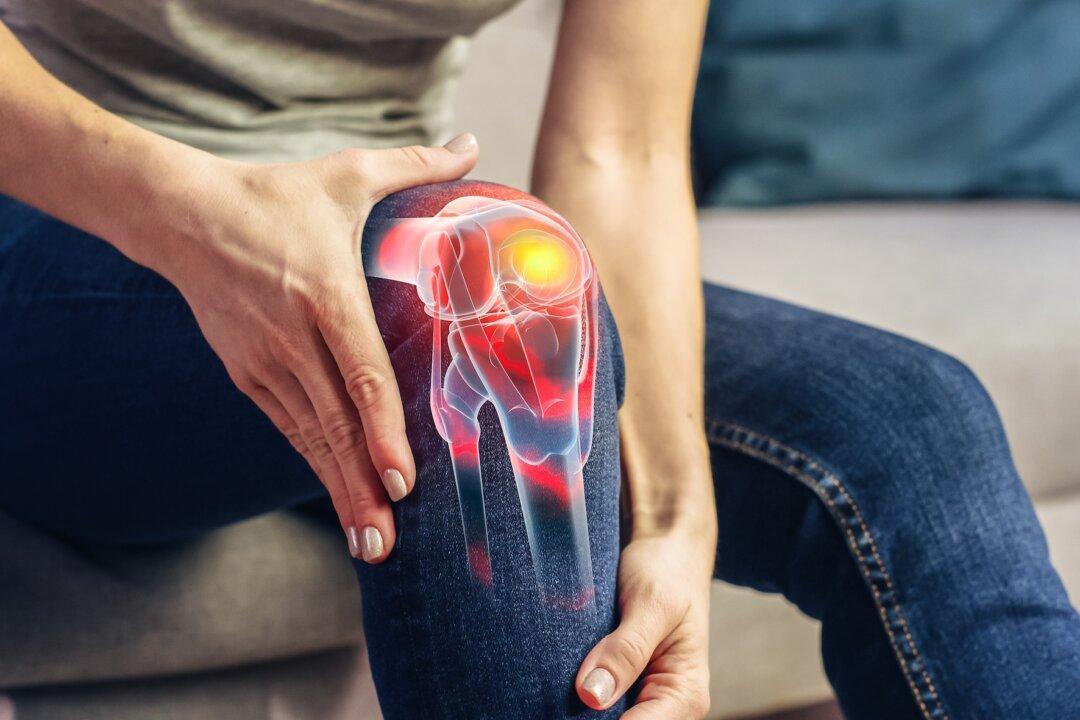Athletes train by stressing and recovering. You have to damage muscles to gain strength and enlarge muscles. You become fitter by doing a hard workout and then resting for a day or two, than you do by exercising at the same leisurely pace every day.

Every muscle is made up of thousands of fibers like a rope is made of many strands. Every fiber is made up of blocks called sarcomeres that fit end to end like a row of bricks. Sarcomeres butt up to each other, end-to-end, at Z-lines (please see image).

If an athlete exercises at low intensity during the healing phase of the Z-lines, his fibers will become stronger than if he rests. If he exercises vigorously when his muscles are sore, he is likely to tear them and be injured. So athletes have to exercise every day to gain maximum strength. See Intense Exercise Makes You Faster and Stronger.
Why Non-Athletes Also Should Exercise Every Day
Forty percent of North Americans die of heart attacks. One of the common causes of the arterial damage that precedes heart attacks is a high rise in blood sugar after meals. Blood sugar always rises after meals and because of faulty lifestyle habits, most North Americans have blood sugars that rise too high. Resting muscles remove no sugar from the bloodstream, but contracting muscles remove sugar rapidly from the bloodstream and can do so without even needing insulin. This effect is strongest during exercise and diminishes to no benefit after about 17 hours. If you want to use exercise to help control blood sugar, you need to do it every day.

An Exercise Program for Everyone
Because a person with blocked arteries leading to the heart could suffer a heart attack during exercise, please check with your doctor before starting a new exercise program. Whatever activity you choose, try to exercise every day. If you are just starting out, spend about six weeks at a slow pace until you are comfortable in your activity. Then you are ready to alternate more intense days with easier workouts.
Intense Days
Stress refers to intensity, not the length of your workout. You can gauge the severity of the stress by the amount of burning you feel in your muscles during exercise. interval training means that you start out slowly, pick up the pace, slow down immediately when your muscles start to burn, recover by going very slowly for as long as you want, and then pick up the pace again.

On your hard days, warm up by going very slowly for five to 10 minutes. Going slowly at the start of a workout warms up muscles to help make them resistant to injury. If your muscles still feel tired or heavy, do not try interval training. Exercising with tired or sore muscles can cause serious injuries.
After you warm up, pick up the pace gradually until you feel burning in your muscles and immediately slow down. Then go at a very slow pace until the soreness goes away, your breath returns to normal and you feel recovered. How long it takes to recover is irrelevant. You take your next faster pick up when you feel that you have recovered, not from any preset time. Then pick up the pace until you feel burning again.
Easy Days
The day after your hard workout your muscles will probably feel sore and you should take an easy workout. If the discomfort does not go away as you continue to exercise, is worse on one side of your body, or increases as you exercise, stop exercising immediately. You are injured and continuing to exercise will delay healing. Take off the next day also if you still feel sore in one place. If you feel better as you exercise casually, continue to exercise until you feel any discomfort or heaviness. Always stop every workout when your muscles feel heavy or sore. Keep on taking easy days where you exercise at low intensity until you feel fresh again. Do not do another hard workout until the soreness in your muscles has gone away.
My Recommendations
Every healthy person should try to exercise every day. You will gain a much higher level of fitness by “stressing and recovering.” That means to exercise more intensely on one day, feel sore on the next and go slowly. Only when your muscles feel fresh should you try to pick up the pace again.
Gabe Mirkin, M.D., has been a practicing physician for over 50 years. He is board-certified in sports medicine, allergy and immunology, pediatrics, and pediatric immunology. This article was originally published on DrMirkin.com. Subscribe to his free weekly Fitness & Health newsletter.





